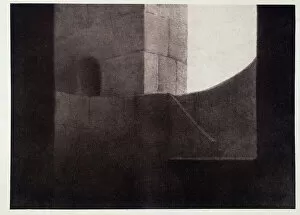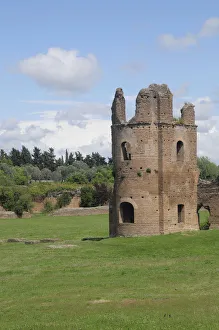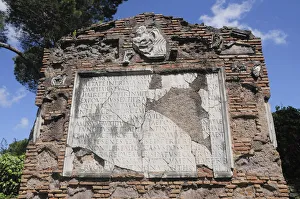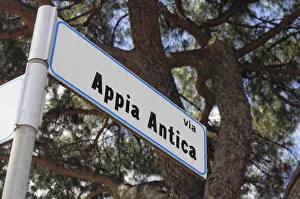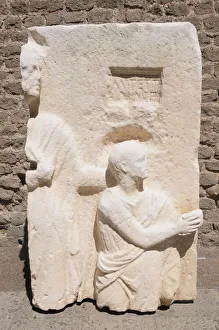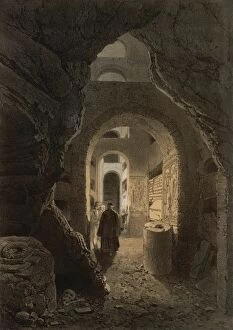Appia Collection
"Exploring the Rich History of Appia: From Ancient Roman Roads to Cultural Landmarks" Discovering the wonders takes you on a journey through time
All Professionally Made to Order for Quick Shipping
"Exploring the Rich History of Appia: From Ancient Roman Roads to Cultural Landmarks" Discovering the wonders takes you on a journey through time, immersing yourself in the captivating stories and architectural marvels that have shaped Italy's history. At Perugia, Italy, one can witness the grandeur of The Appian Way (Via Appia) as it stretches out before them, offering a breathtaking view down towards the majestic Aqueduct. This ancient road has witnessed countless footsteps throughout its existence, serving as a vital connection between cities and leaving behind an indelible mark. In Rome's Lazio region lies another section of this historic pathway - the Ancient Appian Way. Here, visitors can walk in the footsteps of ancient Romans and imagine what life was like during those times. Marvel at St Cecilia's tomb along this route or explore Villa de Massenzio, where remnants of past glory still stand tall. Appia's influence extends beyond physical landmarks; it also encompasses artistic achievements. Adolphe Appia's illustration for Richard Wagner's "Parsifal II Act" showcases how creativity transcends time and space. Through his work in "The Living Work of Art, " he brings to life scenes that transport us into mythical realms. Tomb of Caecilia Metella stands proudly along the Appian Way in Rome - a testament to both beauty and strength. Its intricate design leaves visitors awe-inspired while reflecting on its historical significance. Julia Maesa, daughter of Gaius Julius Bassianus, adds yet another layer to our understanding of this remarkable place. Her presence reminds us that real people once walked these very paths we tread today. Venturing further into Via Appia Antica reveals more hidden treasures such as Romulus' tomb - an intriguing reminder of legends passed down through generations. As we delve deeper into history beneath Rome's surface lies Catacomb Callixtus, where the grave of Saint Cecilia rests.






